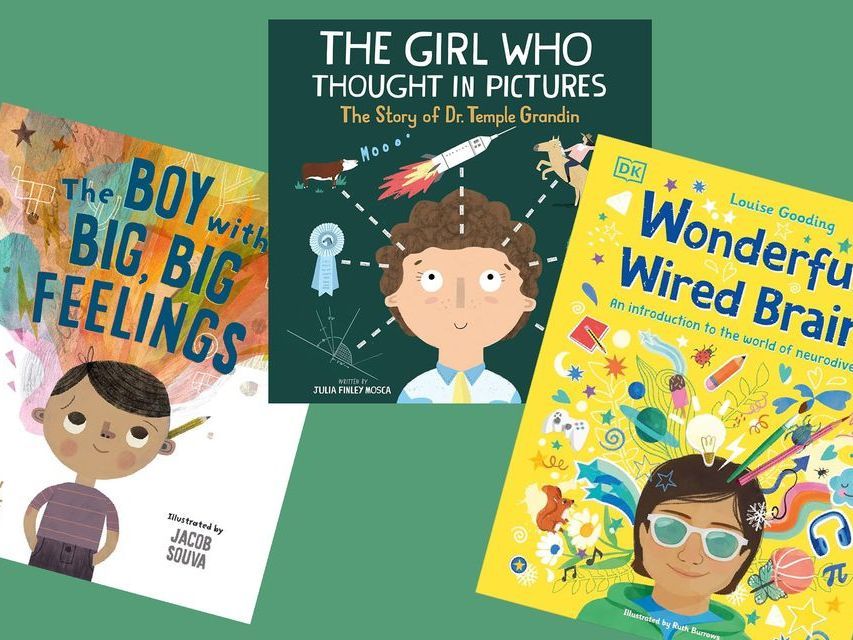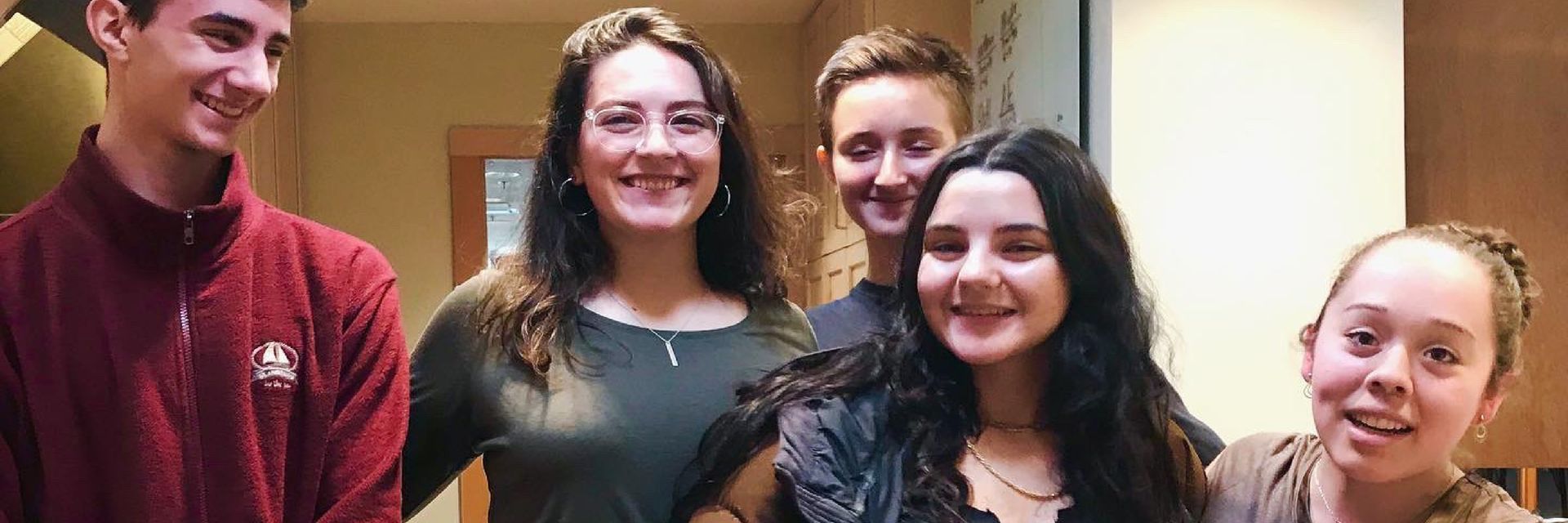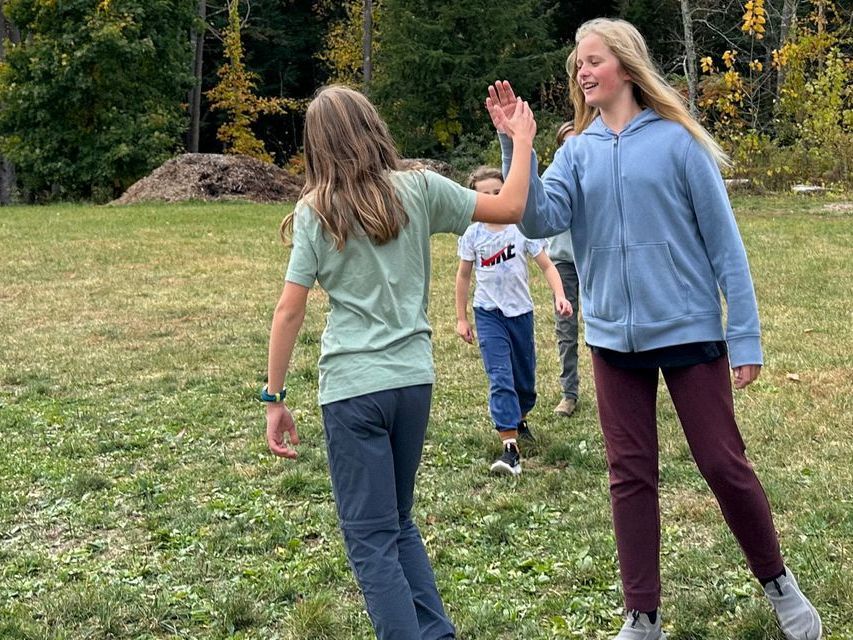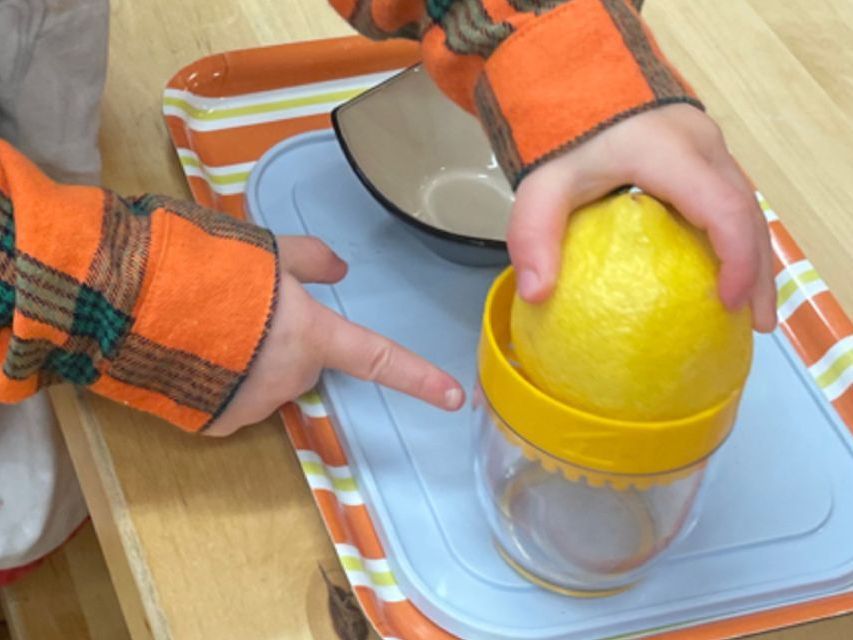Inviting Art Into Your Home

"If we try to think back to the dim and distant past... what is it that helps us reconstruct those times, and to picture the lives of those who lived in them? It is their art... It is thanks to the hand, the companion of the mind, that civilization has arisen."
—Maria Montessori, The Absorbent Mind
Art is a fascinating thing. It doesn’t even matter if we create it or experience the work of others; art touches us all. It makes us think, it gives us windows into the worlds of others, and it serves as a record for the general human experience. Studies show that art has a definite positive impact on children.
Schools everywhere are forced to deal with budget cuts, and art is often one of the first things to go. We can guarantee you that’s not the case at our school, and in fact art is woven into the various subjects as well as taught directly. This article isn’t a question of whether or not your child will receive art education at our school, because they absolutely will!
This article is here to inspire you should you want to bring art into your own home.
Curious to learn what this might look like? There are a number of ways to approach the subject. Read on to learn how.
Go out into your community
Looking for something to do as a family on the weekend? Look no further than your own town or city. Art is everywhere! Here are just a smattering of places to consider:
- Museums
- Murals on buildings
- Outdoor sculpture
- Public buildings such as municipal buildings and libraries
- Public parks
Going to view art in your community can be a transformative experience for children and adults. At the very least, it’s a fun way to spend an afternoon.
Ready to take it a step further? Work together as a family to create environmental art. A quick image search will give you inspiration, then it’s just about gathering available sticks, leaves, stones, or whatever else nature has left lying on the ground.
Literally bring art into your own home
Finding ways to bring the art of others into your home is easy and can be done in several ways:
- Pick up postcards at your local art museum. Tape them to the wall of your child’s bedroom and create a rotating display of images. Old calendars can similarly be used!
- Have art books on hand for your child to look through. Find these at your local second-hand book shop or your local library. They are often oversized with art that takes up entire pages. Their beauty and novelty is sure to evoke interest.
- If it’s within your budget, purchase art to display in your home. Simple ways to do this include finding prints of your favorites or buying the art of local artists.
Create space for your child to become the artist
This is an opportunity for your child to create and for you to make a small replication of the type of work they might see in their Montessori classroom. Find an old tray or basket you have stored away, rummage through your child’s existing art supplies, and spend a few minutes putting together something meaningful. Then set it on a shelf, windowsill, or table where they can use it whenever the mood strikes. The possibilities are endless, but here are just a few ideas:
- Play dough creations - Include a small sealed container of dough and whatever “doodads” you have lying around. This could be sequins, googly eyes, small nails or screws, buttons...you get the idea. Young children will enjoy making truly unique sculptures (and as their parent, you will delight in what they come up with!).
- Watercolor - Cut watercolor paper into small rectangles (the smaller pieces are less intimidating and much more manageable). Leave this out with a small cup for water, a brush, and a paint set. Option: include a pencil or permanent marker, too.
- Collage - Great for all ages, including teens, and super simple. Include a couple pieces of plain paper to serve as the base, a glue stick, scissors, and whatever interesting scrap paper you have lying around. This could include magazines, interesting wrapping paper, or even junk mail.
We hope this has given you an idea or two that you’re excited to try. Are you already a family that engages with art regularly? We would love to hear more ideas and experiences that have worked for you and your children!
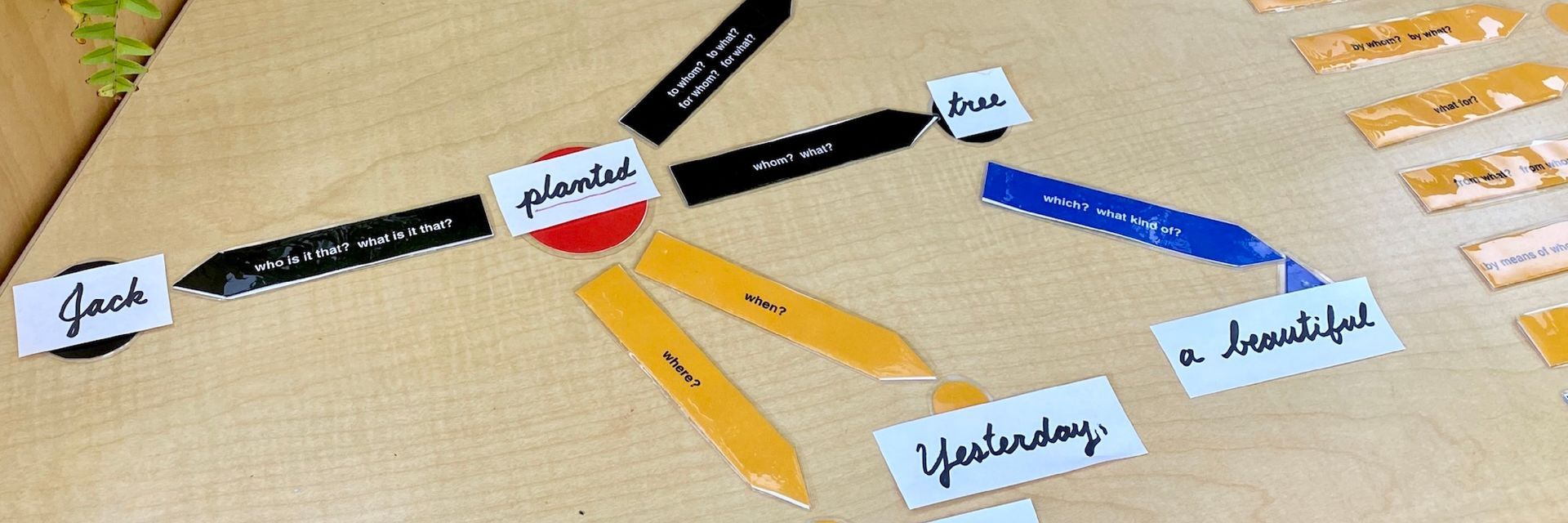
Contact Us
© 2024 The Montessori School of the Berkshires
PO Box 422, 21 Patterson Road, Lenox Dale, MA 01242




